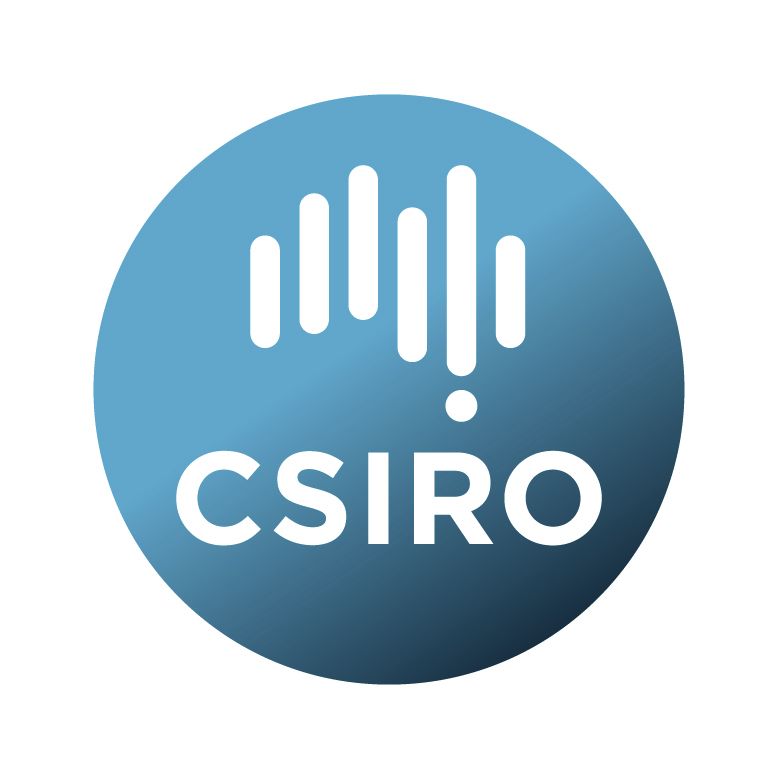Brief description
This is the high resolution version of the AdaptNRM Guide “Implications of Climate Change for Biodiversity: a community-level modelling approach” accompanies the digital datasets and maps. This version is the same as the web-version (lower resolution) available online at www.AdaptNRM.org.This AdaptNRM Module introduces a series of new measures based on ecological similarity to assess the potential for change in biodiversity under climate change at scales relevant to planning. It is intended to support assessment and lead into strategic planning in NRM. In addition to this Guide, the Module includes a series of maps in poster format and data layers. Links to the datasets and maps are given in “related materials”, below.
This Guide explains how to interpret and use this information, rather than focusing on outcomes for any specific biological group, a likely future climate, or on how global human behaviour may be expressed though a particular emission scenario.
In this Guide, we:
1. introduce a new approach to modelling/mapping change in biodiversity under climate change developed by CSIRO,
2. demonstrate the types of data, show how these can be viewed at national, regional and local scales, and explain their interpretation,
3. provide examples of how this information can be used in planning, with a particular focus on assessment and the core adaptation challenges outlined in The NRM Adaptation Checklist.
CITATION: Williams KJ, Prober SM, Harwood TD, Doerr VAJ, Jeanneret T, Manion G, and Ferrier S (2014) Implications of climate
change for biodiversity: a community-level modelling approach, CSIRO Land and Water Flagship, Canberra. Available at: www.AdaptNRM.org. ISBN 978-1-4863-0479-0
Lineage: This guide has been developed by the AdaptNRM team. The team consists of bio-physical and social scientists who work with NRM professionals to deliver information packages that are useful for planners and their stakeholders. AdaptNRM is a national initiative that aims to support NRM groups in updating their NRM plans to include climate adaptation planning. It is part of Stream 2 of the National Resource Management (NRM) Planning for Climate Change Fund administered by the Department of Environment. Adaptation information is delivered at a national in scale, but are designed to suit regions in order to complement other NRM Fund projects and existing NRM activities that incorporate locally-specific issues and solutions. The AdaptNRM philosophy stems from a user-driven approach to developing NRM-relevant information.
Available: 2014-12-12
Data time period: 2013-12-11 to 2014-12-11
Subjects
1990 climates |
Amphibian |
Biological Sciences |
Biogeography and Phylogeography |
Bioinformatics and Computational Biology |
Bioinformatics and Computational Biology Not Elsewhere Classified |
Climate Change Impacts and Adaptation |
Conservation and Biodiversity |
Environmental Sciences |
Ecological Impacts of Climate Change and Ecological Adaptation |
Environmental Management |
Evolutionary Biology |
Natural Resource Management |
adaptnrm |
biodiversity |
climate change |
historical climates, 2050 future climates |
mammals, reptiles, vascular plants, generalised dissimilarity model |
scaled environmental variables |
User Contributed Tags
Login to tag this record with meaningful keywords to make it easier to discover


